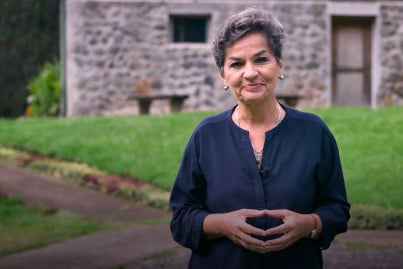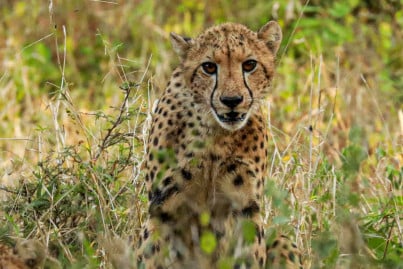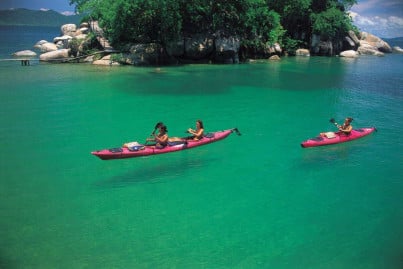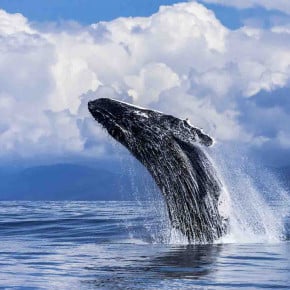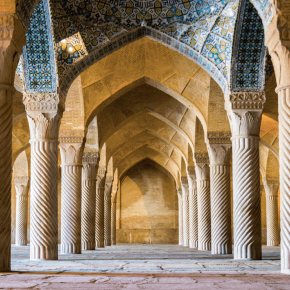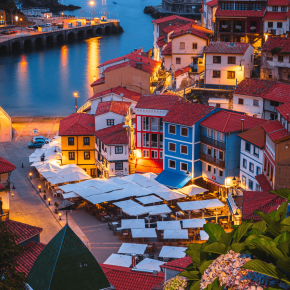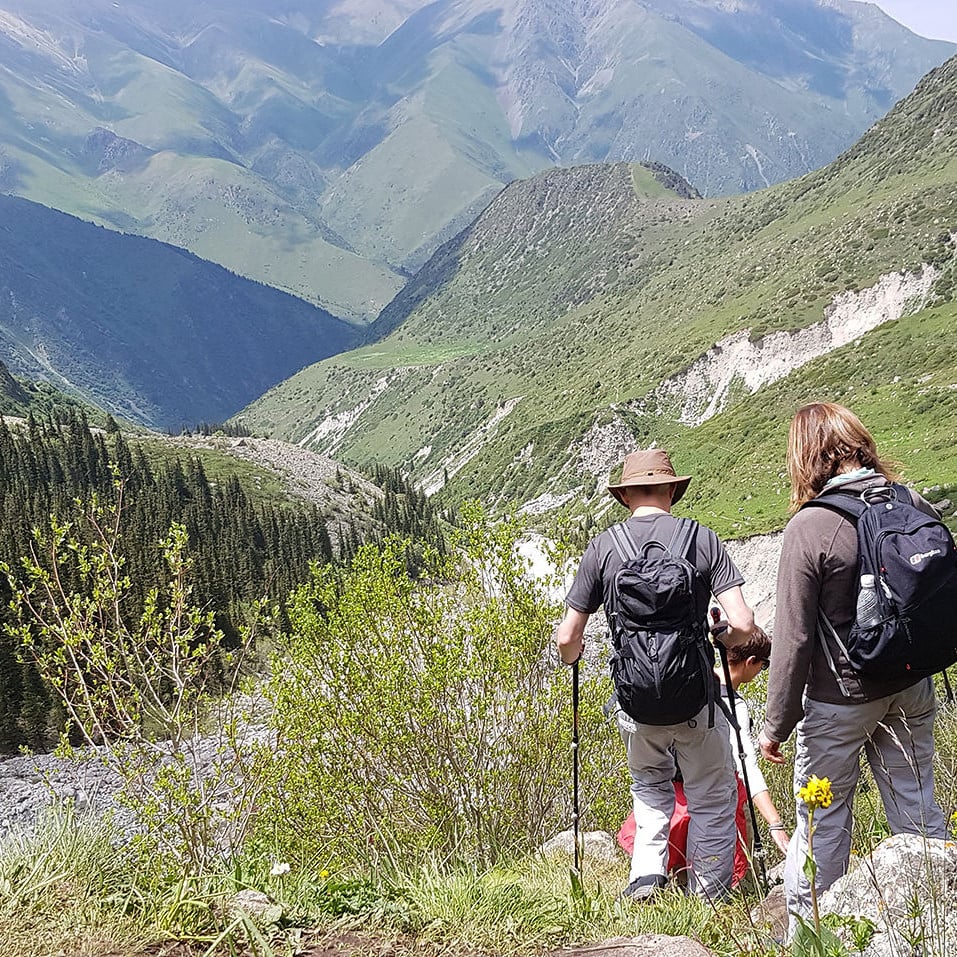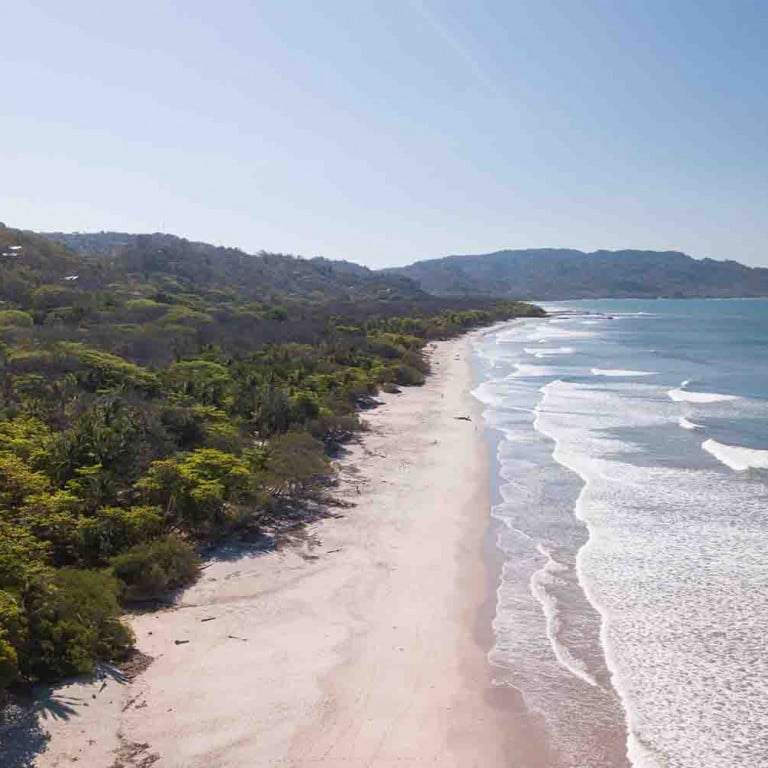
With Nicaragua to the north and Panama to the south in Central America, Costa Rica is a thin green strip of tropical rainforest and volcanoes that rise up between the Pacific Ocean and the Caribbean Sea. Its human population is a little over five million, and it is one of the most biologically diverse places in the world due to its unique geography and the many resulting microclimates, which allow for a vast array of ecosystems.
It has become the poster child for sustainable ecotourism throughout the world. With a quarter of its land under the protection of national parks or reserves, the country has become a world-leading example of how linking tourism with a growing protected area network can lead to the simultaneous growth of both its socioeconomic and environmental sectors. The country’s journey to this point is a fascinating one:
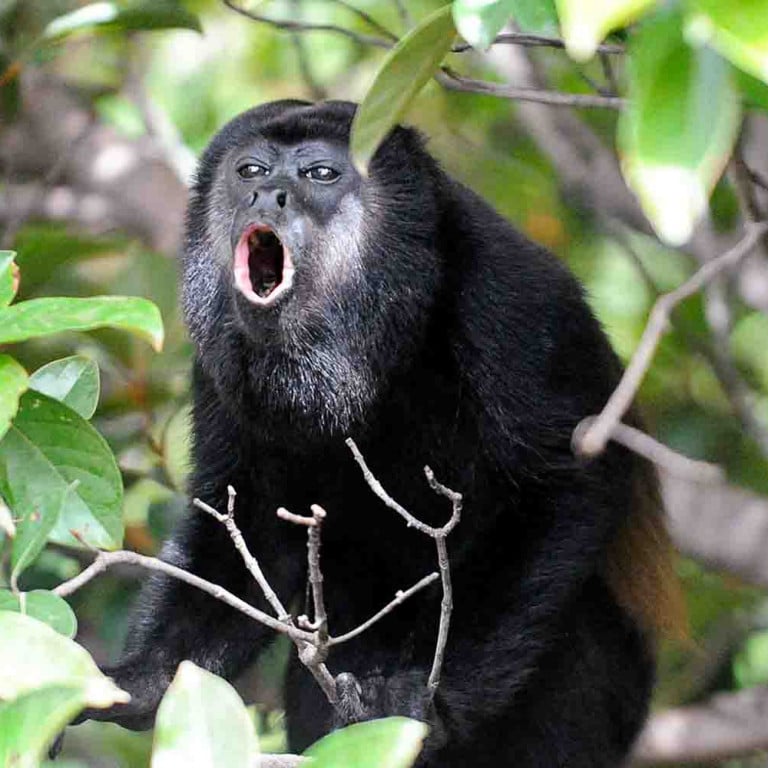
José Figueres Ferrer, the son of Spanish parents settled in Costa Rica, was a well-educated, prosperous coffee grower and rope manufacturer, but his criticism of the government of Rafael Angel Calderón Guardia in July 1942 forced him into exile in Mexico for two years. He then embarked on a political career, founding the Social Democratic Party upon his return, which eventually led to him becoming a revolutionary leader, culminating in the overthrow of Costa Rica’s government via civil war. When he became provisional president of Costa Rica in 1948, he abolished the national army, nationalised its banking sector, granted women and Afro-Costa Ricans the right to vote, guaranteed public education and a host of other decrees which set the country on a path to prosperous stability, subsequently making it an increasingly popular tourist destination in the region.
By sheer dumb luck I was staying in the surf town of Santa Teresa, which happens to be located right next to Cabo Blanco Absolute Natural Reserve on the southern tip of the Nicoya Peninsula. This unbelievably beautiful and wild reserve was the first nationally protected area in Costa Rica, established in 1963 by Karen Mogensen from Denmark and her Swedish husband Nicolas (Olaf) Wessberg, both examples of the steadily increasing influx of international tourists. With the aid of an international agency, they bought 1,250 hectares of land on the peninsula to protect it against the local farmers who were deforesting huge swathes of rainforest to feed the international demand for beef, causing soil erosion, loss of soil fertility and decimating wildlife populations, including many rare and endemic species.
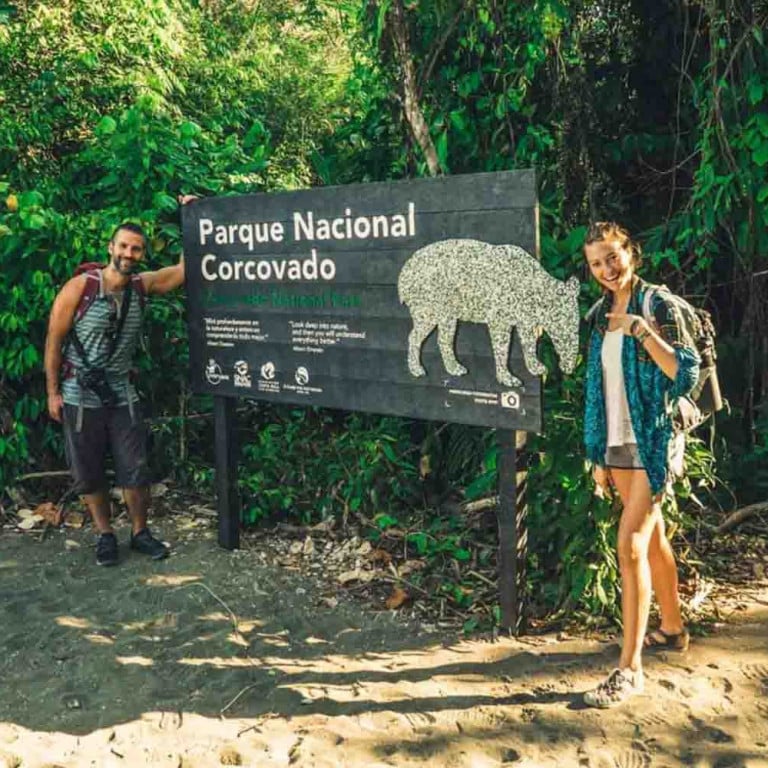
Nicolas was later tragically murdered in 1975 whilst spearheading the conservation of the now established and equally beautiful Corcovado National Park on the more southerly Osa Peninsula, and Karen died in 1996. Yet their legacy remains to this day. Both witnessed the first national park of Santa Rosa, established in 1972 in the northwest of the country – the first of now 28 national parks. As with much of human history, Costa Rica’s progress towards developing a national system for ecotourism was long and complex, combining many factors, successes and setbacks. Yet the overarching principle was that as more tourists visited, more wilderness was set aside for protection, as the government could clearly see this is where the long-term economic benefit lay.
Costa Rica’s National Park Services was created, and by 1998, all the natural reservations were organised under a national system. Costa Rica was popularly deemed as the leading ecotourism country in the world, which attracted more tourists in a positive feedback loop model; whereby conservation efforts protect the natural environment whilst also generating healthy economic results, creating in turn both direct and indirect employment, contributing to a reduction of poverty. Tourist numbers steadily increased from 329,000 in 1987, to 1.03 million in 1999, over 2 million in 2008, and 3.14 million tourists in 2019.
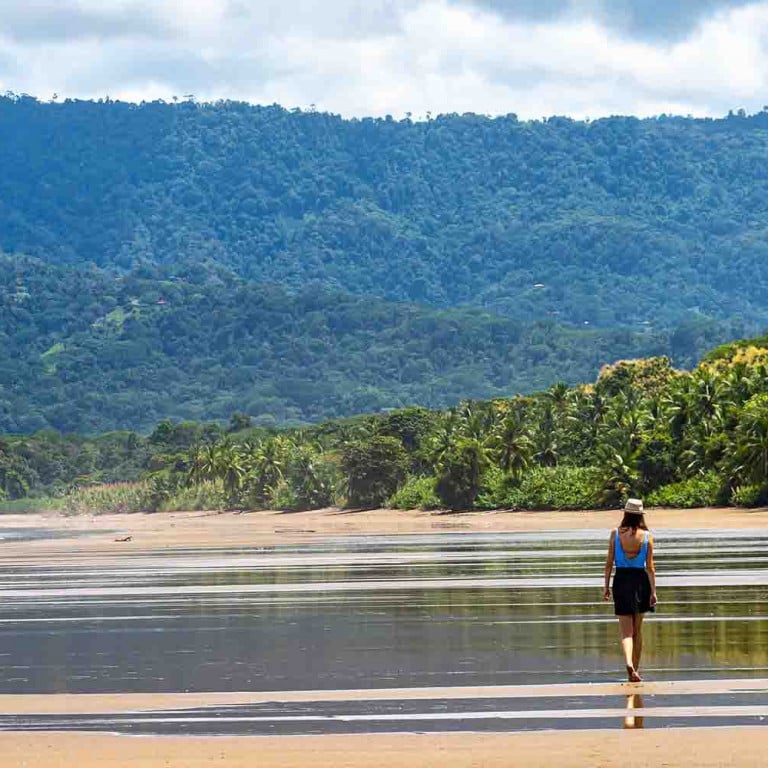
A number of systems have been put in place help manage the impact of this increasing footfall including the Bandera Azul (blue flag) programme which promotes development while curbing the negative impacts of mass tourism. It assists local communities to work against pollution and protect the environment by evaluating the environmental quality of coastal areas, and awarding them a number of stars. The voluntary Certification for Sustainable Tourism Programme (CST) encourages businesses to become sustainable in a variety of ways, including using recycled products, implementing water and energy saving devices, properly disposing and treating waste, conserving and expanding Costa Rica’s forests, in a way that can be measured and publicised. Millions of trees are planted every year as a result, and the tree coverage of the forests across the country have literally doubled in the last 30 years.
The model also has a positive effect on the lives of the local people. The country continues to face some challenges such as income inequality and some of the darker sides of the tourism industry such as sex tourism, but as models go it is pretty fantastic. Costa Rica again came first in the Happy Planet Index rankings in 2020 which measures how well nations are doing at achieving wellbeing and long, happy, sustainable lives of its populations, having previously come top in the 2009 and 2012 rankings also. By 2015, the country was also able to produce 99% of its electricity from renewable sources, and the government continues to invest in renewable energy generation in an effort to meet its goal of becoming carbon neutral by 2021. According to the non-profit Borgen Project, the majority of this energy, 67.5%, comes from hydropower, with wind power generating 17%, geothermal sources 13.5% and biomass and solar panels comprising 0.84%. The remaining 1.16% is from backup plants.
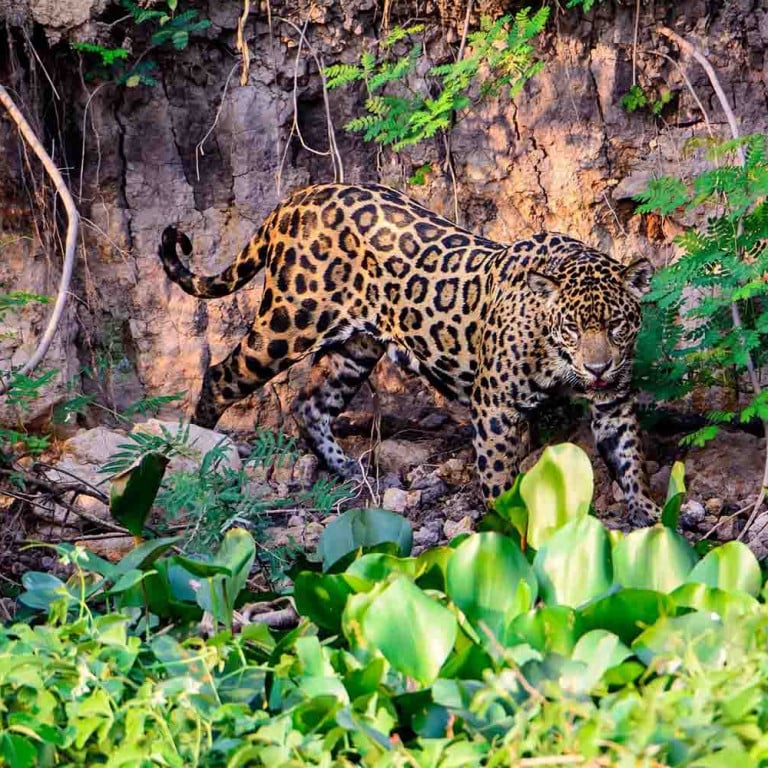
Costa Rica’s eco-tourism experiment offers a path to recovery for the rest of the world.
Over the past years nearly every single local guide we’ve used to lead groups through mountains, forests and deserts has commented to me on the changing and increasing unpredictability of weather patterns, and I can see the effects of global warming for myself, increasingly both in person and via the global media. I am not ahead of the curve, but I am on the curve, and am doing what I can to help protect what Carl Sagan called our ‘Pale Blue Dot’. Christiana Figueres, daughter of the previously mentioned three-time president José Figueres Ferrer, was the former Executive Secretary of the United Nations Framework Convention on Climate Change.
She was a key architect of the 2015 Paris Agreement. This is a legally binding international treaty on climate change adopted by 196 Parties at the 21st session of the Conference of the Parties to the United Nations Framework Convention on Climate Change (COP 21) in Paris, on 12 December 2015. Its goal is to limit global warming to well below 2, preferably to 1.5 degrees Celsius. To achieve this long-term temperature goal, countries aim to reach global peaking of greenhouse gas emissions as soon as possible to achieve a climate neutral world by mid-century. The Paris Agreement is a landmark in the multilateral climate change process because, for the first time, a binding agreement brings all nations into a common cause to undertake ambitious efforts to combat climate change and adapt to its effects.
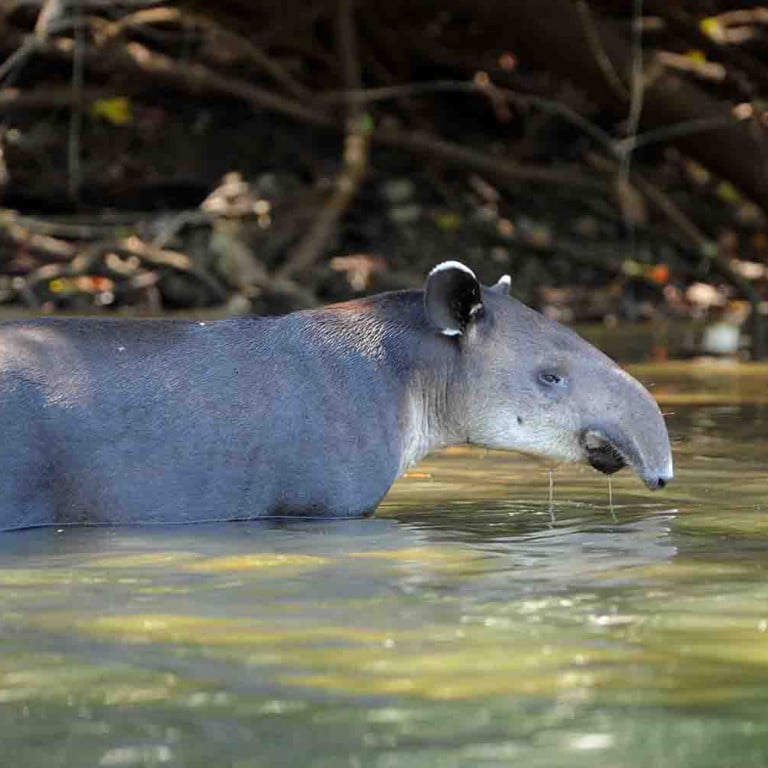
This historic agreement also coincided with the establishment of the 17 Sustainable Development Goals (SDGs) at the COP 21 in Paris, to end poverty, protect the planet and enable a path to prosperity for all. The SDGs are increasingly becoming integrated as a global language that institutions can agree upon, and work towards. Christina Figueres published a book in 2020 with co-author Tom Rivett-Carnac entitled:
The Future We Choose: Surviving the Climate Crisis
I would encourage you to read this or listen to it as an audiobook, as it lays out the steps we can each take in our daily lives to help achieve the goals of the Paris Agreement.
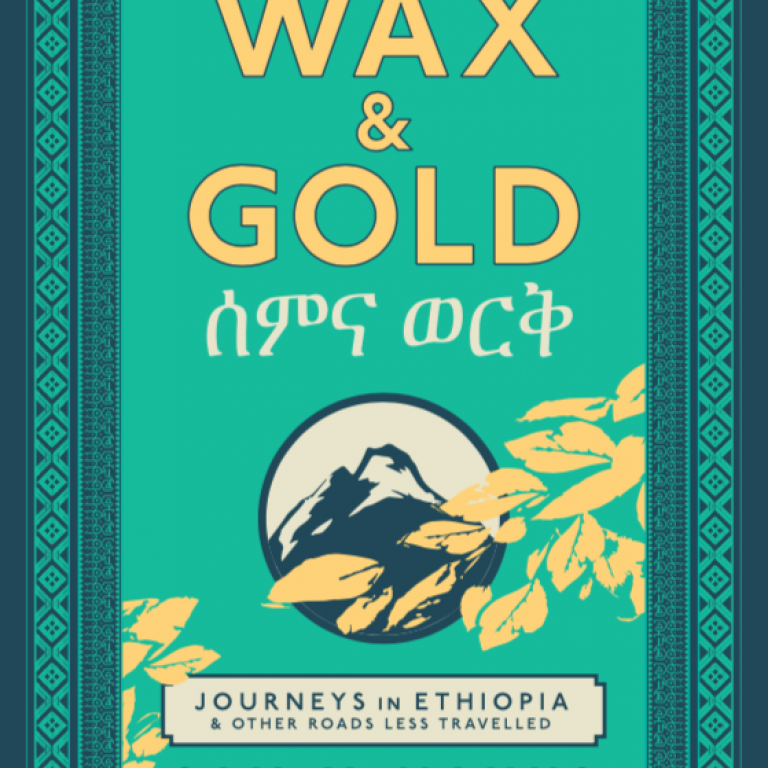
For my part, I wish to continue to use adventure travel as a medium to help promote sustainable practices in countries across the world, and to educate our clients on their importance. Adventure travel is still faced with the ‘elephant in the room’ conundrum of the international flights clients and guides need to take to reach some destinations, and the resulting carbon emissions these produce. While we may indeed have green hydrogen-powered planes in 30 years’ time, in the meantime we will continue compensating for these carbon emissions by planting trees via our partner charity WeForest, in Ethiopia, Brazil, and other countries.
More than just aiming for carbon-neutrality, however, we can do far better by actively contributing to the regeneration and rewilding of the environments we visit, by partnering with local conservation organisations that use versions of the model laid out by Costa Rica in other countries around the world. For our adventure itineraries we partner with conservation charities in the countries we travel in, and are seeing this as a welcome growing trend across fellow travel companies. This is an opportunity for the adventure travel industry to financially support conservation in destinations around the world, reduce its overall carbon footprint, and engage travellers in the world’s climate issues. If our itineraries are more culturally focused, we partner with philanthropic charities, to help the vulnerable in the communities we meet, such as the Fistula Clinic in Ethiopia, for example. By using local suppliers for accommodation, meals, transport and guides, funds will also always find their way into the local economies.
Taken from:
'Wax & Gold: Journeys in Ethiopia & other roads less travelled'
by Sam McManus.

